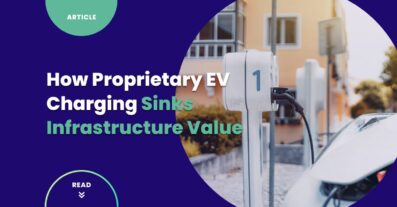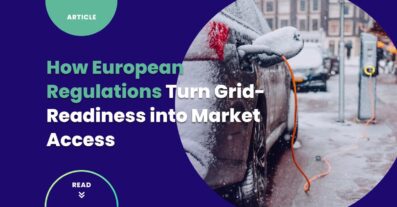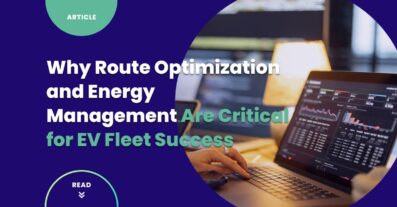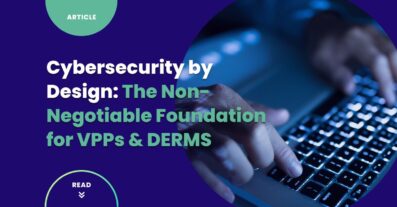Latest News & Insights
Explore the latest insights on smart energy solutions, EV charging technology, and advanced software engineering in the renewable energy and e-mobility industries. From OpenADR-driven demand response to accelerators optimizing energy platforms, discover how Codibly is shaping the future of grid flexibility, DERMS, VPPs, and scalable e-mobility solutions—through cutting-edge technology, industry events, and the latest innovations.
Categories











